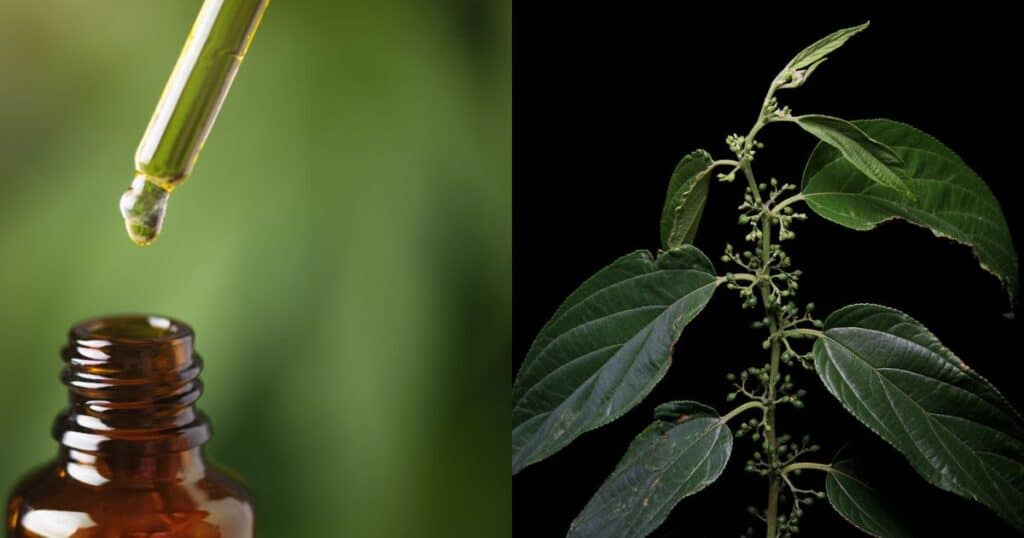Cannabidiol, or CBD, has made waves in the medicinal community for its potential to treat conditions like epilepsy, chronic pain, and anxiety. Traditionally extracted from the cannabis plant, CBD is the focus of research that could simplify the way patients access this therapeutic compound.
A team of scientists in Brazil, led by molecular biologist Rodrigo Moura Neto, has discovered CBD in a common plant called Trema micrantha blume, which lacks the psychoactive compound THC found in cannabis. This discovery opens up new possibilities for obtaining CBD without the regulatory challenges associated with cannabis.
CBD and its Uses
Cannabidiol, also known as CBD, is one of the primary active compounds found in the cannabis plant, alongside THC. Unlike THC, CBD does not produce a “high,” making it an attractive option for those seeking relief from pain and other symptoms without the mind-altering effects of marijuana. Cannabidiol interacts with the body’s endocannabinoid system, which plays a role in regulating various physiological processes, including pain, mood, and sleep.
Individuals turn to CBD for a variety of reasons, from managing chronic pain to reducing anxiety. Research suggests that CBD may help alleviate symptoms of epilepsy, offering hope to those who have not responded well to traditional treatments. Additionally, cannabidiol’s anti-inflammatory properties make it a popular choice for individuals dealing with arthritis and other inflammatory conditions.
Discovery of CBD in Trema micrantha blume
Trema micrantha blume, a shrub native to the Americas and often considered a weed, has been found to contain cannabidiol in its fruits and flowers. Unlike cannabis, Trema does not contain THC, making it an appealing alternative source of CBD. This discovery, first reported last year, is particularly significant for regions where cannabis is illegal or strictly regulated.
With CBD found in Trema micrantha blume, scientists now have the opportunity to explore new methods of extracting the compound. Neto’s team has received funding to identify the best extraction techniques and assess the effectiveness of Trema-derived CBD in treating medical conditions. The potential to produce cannabidiol from a plant that grows abundantly in Brazil offers a simpler and more cost-effective solution to meet the growing demand for this therapeutic compound.
Benefits of a Non-Cannabis Cannabidiol Source
The discovery of CBD in Trema micrantha blume presents several advantages for both consumers and the industry.
Avoiding Legal and Regulatory Hurdles
One of the most significant benefits of sourcing CBD from a non-cannabis plant is the avoidance of legal and regulatory challenges. While cannabis remains illegal in many parts of the world, Trema micrantha blume offers a legal alternative that can be cultivated and utilized without the associated stigma.
A More Accessible and Affordable Option
The widespread availability of Trema micrantha blume in South America means that CBD production could become more accessible and affordable for consumers. This newfound source of CBD has the potential to reduce costs associated with cultivation and extraction, ultimately benefiting patients who rely on CBD for their well-being.
While researchers find the discovery of CBD in Trema micrantha blume promising, they need to conduct further studies to fully understand its potential as a medical treatment.
Neto’s team is actively working to evaluate the effectiveness of Trema-derived cannabidiol in treating conditions currently managed with medical cannabis. Their research will help determine whether this new source of CBD can provide the same therapeutic benefits as cannabis-derived or hemp-derived cannabidiol.
The availability of Trema micrantha blume as a cannabidiol source opens the door to exploring new applications and treatment options. Researchers can investigate the compound’s potential to manage additional medical conditions and enhance existing therapies.
The discovery of cannabidiol in Trema micrantha blume represents, indeed, a significant milestone in the quest to make CBD more accessible to those who need it. If proven to be an effective source of cannabidiol, Trema micrantha blume could, therefore, transform the CBD industry by offering a legal and plentiful alternative without the complications associated with cannabis.
Additionally, this plant has the potential to enhance the lives of countless individuals. As researchers delve deeper into this promising avenue, both patients and CBD enthusiasts can, consequently, anticipate a future where cannabidiol is more accessible, affordable, and effective than ever before.















